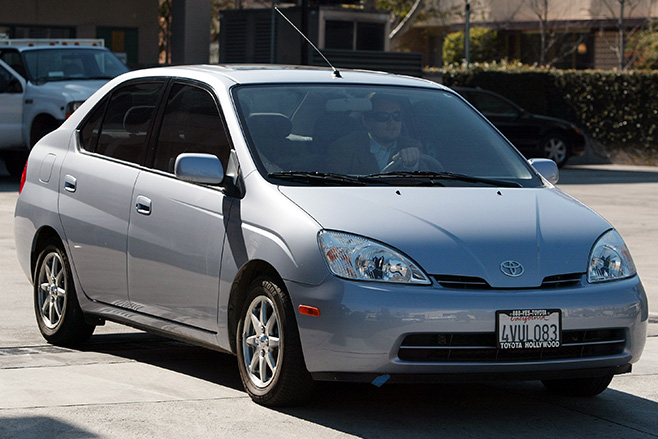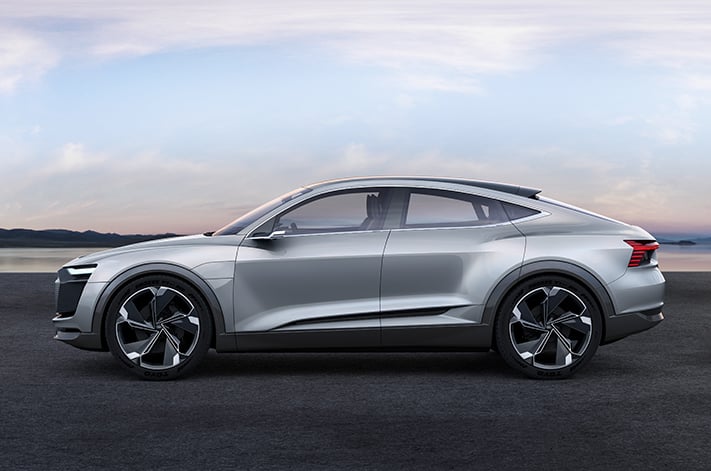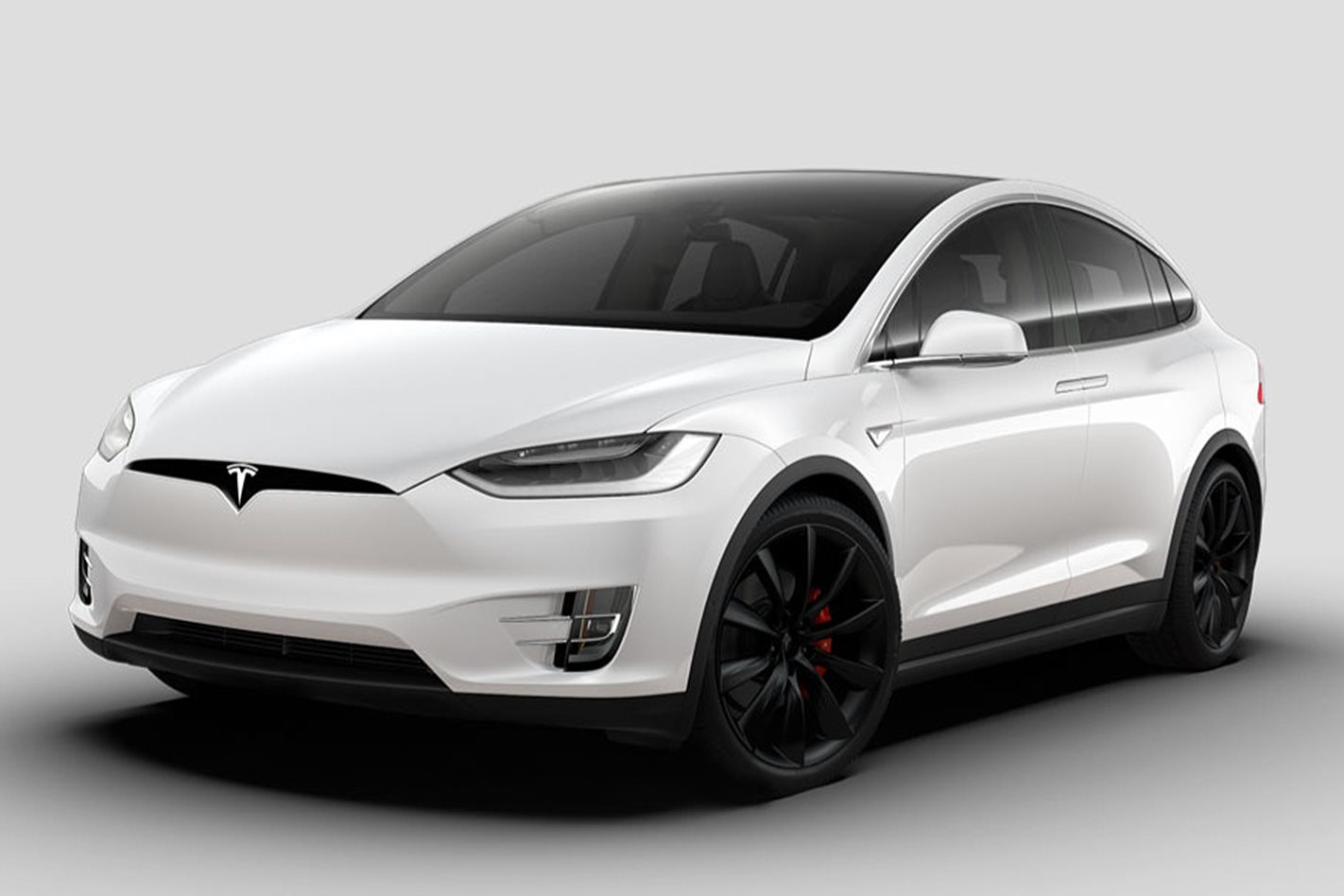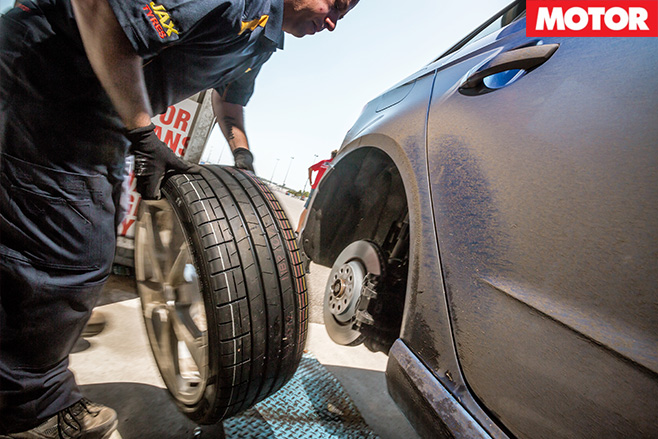I was working in the fabled GM Design Studios in Detroit just before the release of the GM EV1 electric car in 1996. I recall seeing this new ground-breaking vehicle and thinking, “That’s cool, but does it really need to look like that?”
Well, yes and no. Electric vehicles (EVs) go back to the earliest days of motoring in the late 1800s but with the first EVs of the modern era, there were two main factors dictating their appearance: aero-efficiency and marketing.
The Achilles-heel of EVs has always been driving range, and one key enabler is aero-efficiency. Accordingly, designs were optimised in the wind-tunnel to deliver the slipperiest possible shape to reduce drag. Glass and mouldings were flushed out to the jelly-bean body surface, apertures were minimised and wheels looked like trash-can lids. We even saw the re-emergence of rear wheel spats.
Many people believe that electric vehicles will liberate car designers, unshackled from conventional drivetrain packaging constraints
Separately, marketing departments needed EVs to look different, in order to showcase the new technology and stroke the egos of early-adopter customers wanting to make a social statement. The overtly futuristic “look at me” styling was often forced and the result was polarising; some early Toyota Prius designs looked like transistorised cockroaches.

Now that we have a few decades of experience under our belt, what will electric cars of the future look like and will they be easier to design? Many people believe that electric vehicles will liberate car designers, unshackled from conventional drivetrain packaging constraints. Well, once again, yes and no.
There are certainly many styling advantages that come with modern EVs. The most obvious one is the more compact drivetrain packaging, reducing the size of the engine compartment. The size and location of the motors offers more freedom in front-end profile and shorter front overhang, high on every designer’s wish list. At this point it is worth mentioning that EVs tend to be a bit hefty on the scales and consequently the wheel and tyre size is often upscaled to handle the greater mass.
So, from an exterior perspective, we now have more packaging freedom to explore new proportions, shorter overhang and bigger wheels; designers rejoice in accord! But it’s not all beer and skittles.

Whenever we talk about car design, we must also consider safety and regulations. Cars will always need crumple zones and pedestrian protection measures, so in many ways this will continue to have a greater influence than the propulsion system. However, it should be easier to achieve with EVs given there is more ‘air’ under the bonnet. Indeed, there is so much more space that it has given rise to a new term in automotive vernacular: the ‘frunk’ or front-trunk.
Still on the topic of front-end design, people are often surprised to hear that electric cars need cooling. Indeed, electric motors and batteries also need thermal management so an air-intake opening is usually required, albeit smaller.
But even if they could be eliminated, designers will continue with grille-like embellishment to maintain brand identity and provide the jewellery effect. Low-slung sports cars can get away without prominent grilles, but upright sedans, trucks and SUVs look bland and anonymous without a face; white Teslas remind me of hockey-goalie masks.

Modern EVs also deliver tangible benefits to interior space. Early EVs stacked the batteries down the centre tunnel of the car, but the new best practice is a shallow, battery-pack platform under the floor. Commonly known as the skateboard, this modular system allows for different ‘top-hat’ body designs to be applied.
The completely flat floor eliminates the tunnel and offers better packaging of the lower dash components, like the heating/cooling module, glovebox and knee airbags.
It’s very likely that most manufacturers will arrive at a range of similar-sized platforms delivering similar performance, making styling an even more important differentiator between brands. While there will always be boundaries for car designers, battery power will provide more positives than negatives.
Richard Ferlazzo is the former GM Holden Design Director





